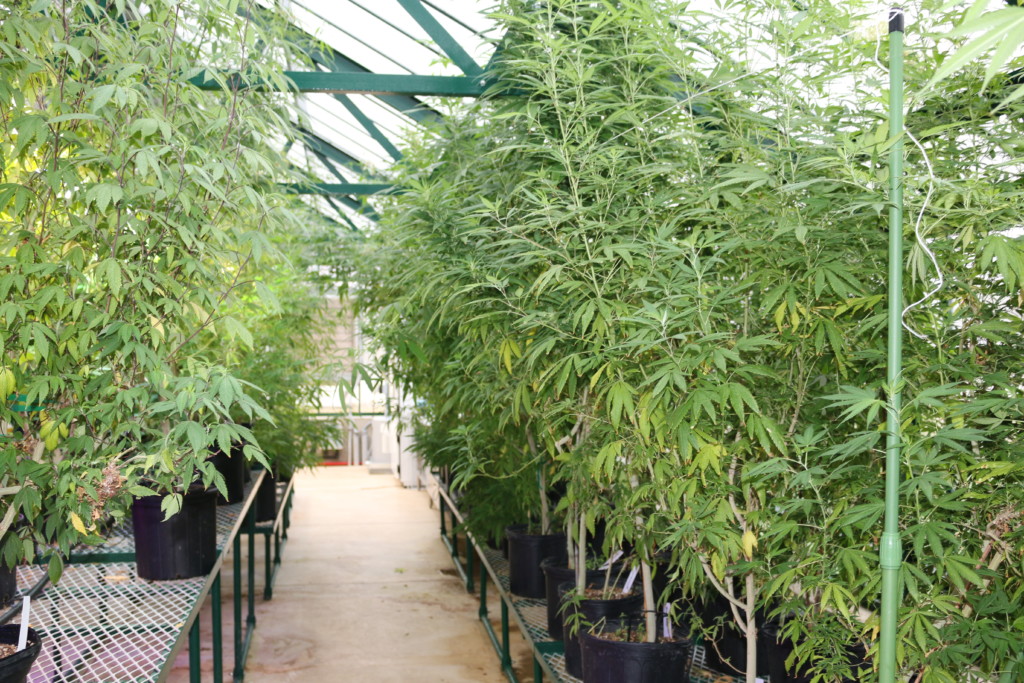
Hemp has allowed a proliferation of specialized markets in the United States that harness numerous products, such as fiber from the stalks, medicine from the inflorescences, oil and superfood from seeds, etc. Hemp is not marijuana, because marijuana contains total THC (the psychoactive chemical that at higher levels defines marijuana) that exceeds 0.3 percent per dry weight. As the hemp prohibition gradually fades away in Texas, both the traders and consumers eagerly look forward to embracing the hemp industry. Although Texas is excited about the economic implications of this crop, there are a number of issues yet to be addressed. First and foremost, there is a deficiency in basic scientific data for decision-making related to the hemp strains, which aim at breeding, identifying diverse usages, and providing the regulatory guidelines. Although this plant group is represented by a single species, a massive genetic variation exists within the species due to prolonged domestication and intensive breeding by illegal growers, thus, complicating the identification among strains. Also, the capability of hemp to respond to different environments in Texas remains largely unknown. Furthermore, the determination of harvesting indices of different parts of the plant has not been perfected yet. To overcome these challenges and support the future sustainability of the hemp industry in Texas, understanding the science behind hemp at the molecular levels and through field assessments must precede the cultivation and commercialization.
